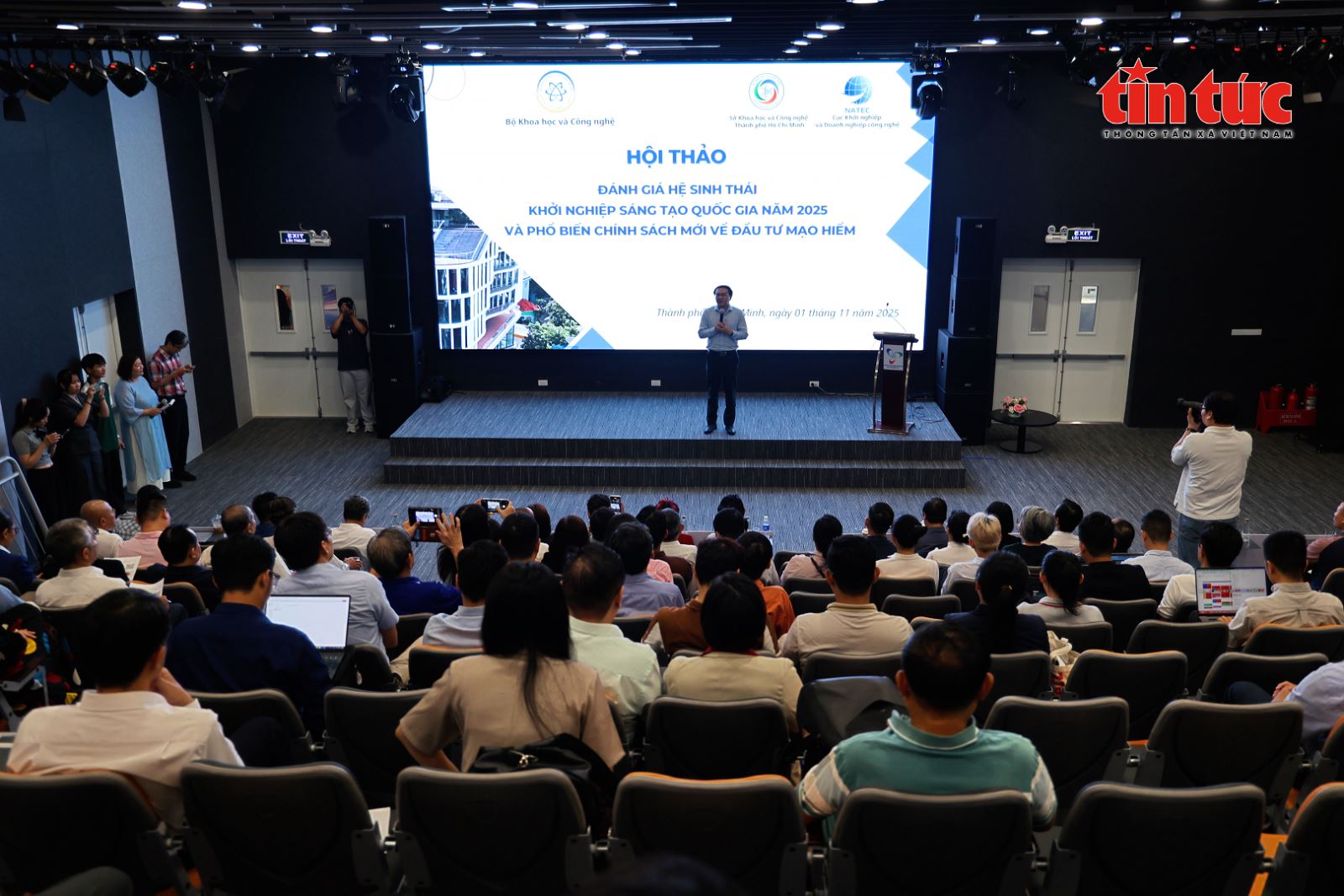
The workshop “Assessing the national innovative startup ecosystem in 2025 and disseminating new policies on venture capital” is considered an important forum, focusing deeply on the topic of building a specialized stock exchange for innovative startups.
The event, organized by the Department of Startups and Technology Enterprises in collaboration with the Department of Science and Technology of Ho Chi Minh City, gathered many experts, investors and representatives of funds to discuss solutions for the strategic "exit" of the Vietnamese startup ecosystem. Opinions were unanimous that, in parallel with removing the bottleneck of "seed capital" (input), creating a "high-level capital playground" is an urgent requirement for Vietnamese startups to develop sustainably.
Sharing at the workshop, Mr. Lam Dinh Thang, Director of the Department of Science and Technology of Ho Chi Minh City, emphasized that the legal corridor for venture investment has made great strides, demonstrating a new, more open and practical state management mindset.
Mr. Thang analyzed that Decree 264/2025/ND-CP on venture investment, issued on October 14, 2025, is a "really involved" move of the Government , clearly demonstrating the will to go with the private sector, with businesses - especially creative businesses.
The breakthrough point of the venture capital fund model (VCF) under Decree 264 is the “socialization right from the fund’s establishment”, not giving the State exclusive rights. These funds operate under the business model (LLC or Joint Stock Company), complying with the Enterprise Law, putting the State in the position of “an equal investor” instead of “a monopoly holder”.
Mr. Lam Dinh Thang said that unlike before when many funds only "committed to invest" on paper without actually investing, the new mechanism forces investors to contribute real money to the enterprise. Thanks to that, the capital source becomes more substantial, although the scale may be smaller, but it brings higher efficiency and responsibility in the investment process.

For the National Investment Fund, the minimum initial state capital is VND 500 billion, aiming for a charter capital scale of VND 2,000 billion in 5 years (from the state budget and socialized capital). More importantly, this policy accepts a "specific risk threshold". The total loss arising in an investment cycle is clearly defined and does not exceed 50% of the fund's charter capital. This is a "realistic" and highly market-oriented approach, encouraging fund managers to dare to innovate and create.
In addition, the Decree also clearly stipulates the mechanism for exemption of liability for fund management organizations and individuals if losses arise due to "objective risks" such as market fluctuations, policy changes, natural disasters and have fully complied with investment regulations and internal principles.
If Decree 264 solves the problem of "seed capital", the problem of exit for investors is a big gap in the Vietnamese startup ecosystem.
Mr. Pham Hong Quat, Director of the Department of Startups and Technology Enterprises (Ministry of Science and Technology), said that the Vietnamese startup ecosystem is developing rapidly, with abundant early-stage venture capital, but lacks capital for the expansion phase. Early investors have difficulty reselling shares, and IPOs on traditional stock exchanges are almost impossible for domestic startups.
According to Mr. Quat, existing exchanges are designed according to the “old standard thinking”, focusing on tangible assets and past profits, while the core value of startups lies in intellectual property (IP), core technology, user data and market potential, which are factors that the old standard cannot accurately value.
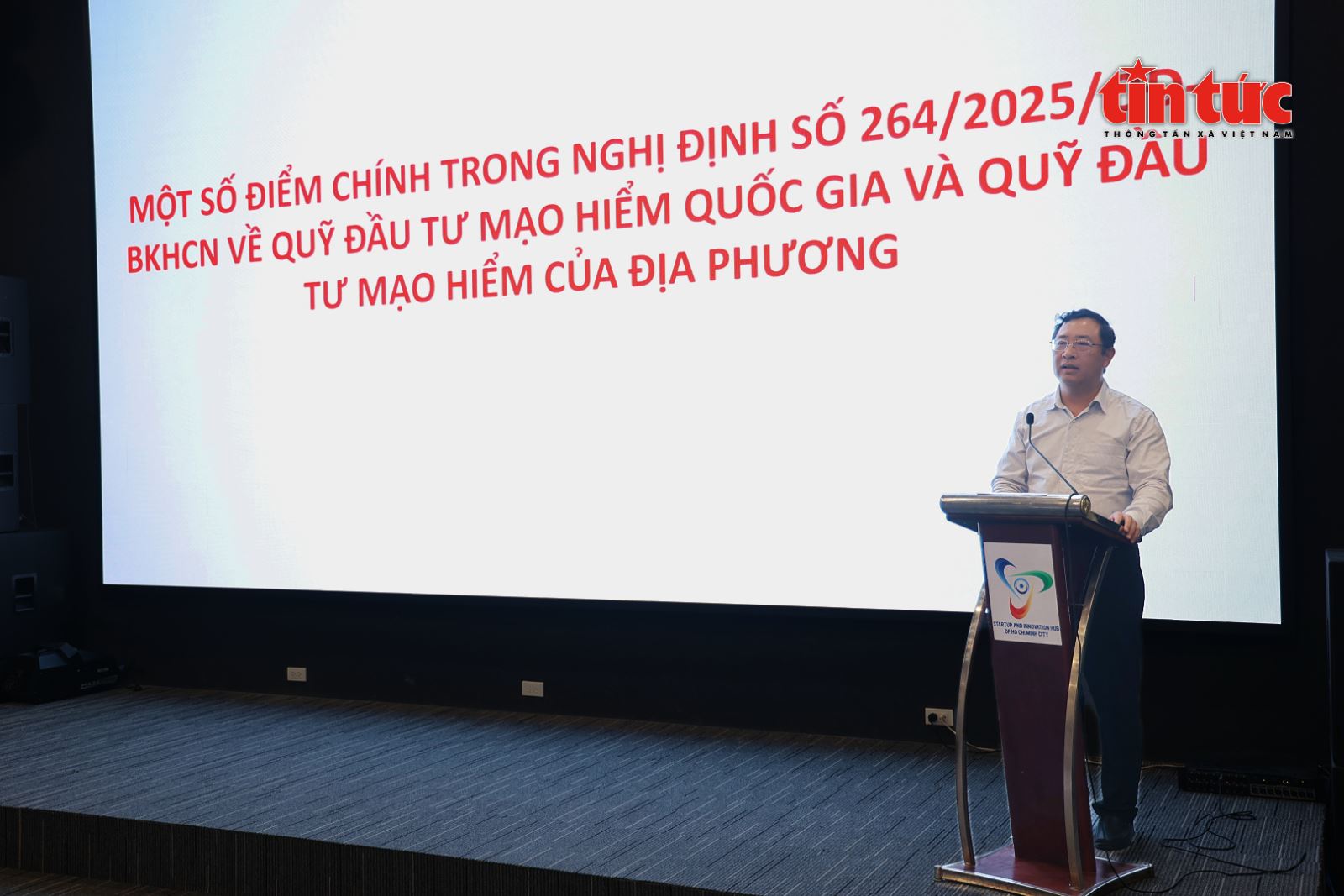
“The future of the capital market lies in the ability to price and trade the untouchable. At the same time, the formation of a stock exchange dedicated to startups will open a channel for medium- and long-term capital mobilization, helping investors divest capital easily and opening up new capital flows,” Mr. Quat emphasized.
Agreeing with the above viewpoint, Dr. Tran Quy, Director of the Vietnam Institute for Digital Economic Development, shared international lessons on the stock exchange model for start-up businesses.
Mr. Quy analyzed that the KOSDAQ model (Korea) is successful thanks to its flexible listing criteria, which do not require businesses to be profitable but focus on growth potential and R&D (research and development) capacity.
The AIM model (UK) stands out for its socialized monitoring mechanism through a Nominated Adviser (NomAd), which helps ensure quality and transparency for businesses before listing. Meanwhile, the TSX-V model (Canada) operates as a "capitalization incubator", allowing young businesses to gradually mature before officially listing on the exchange.
From these experiences, experts believe that Vietnam can study a specialized stock exchange model in the form of a pilot zone, for example, the proposal of “VIE-Growth” operating under the “Regulatory Sandbox” mechanism.
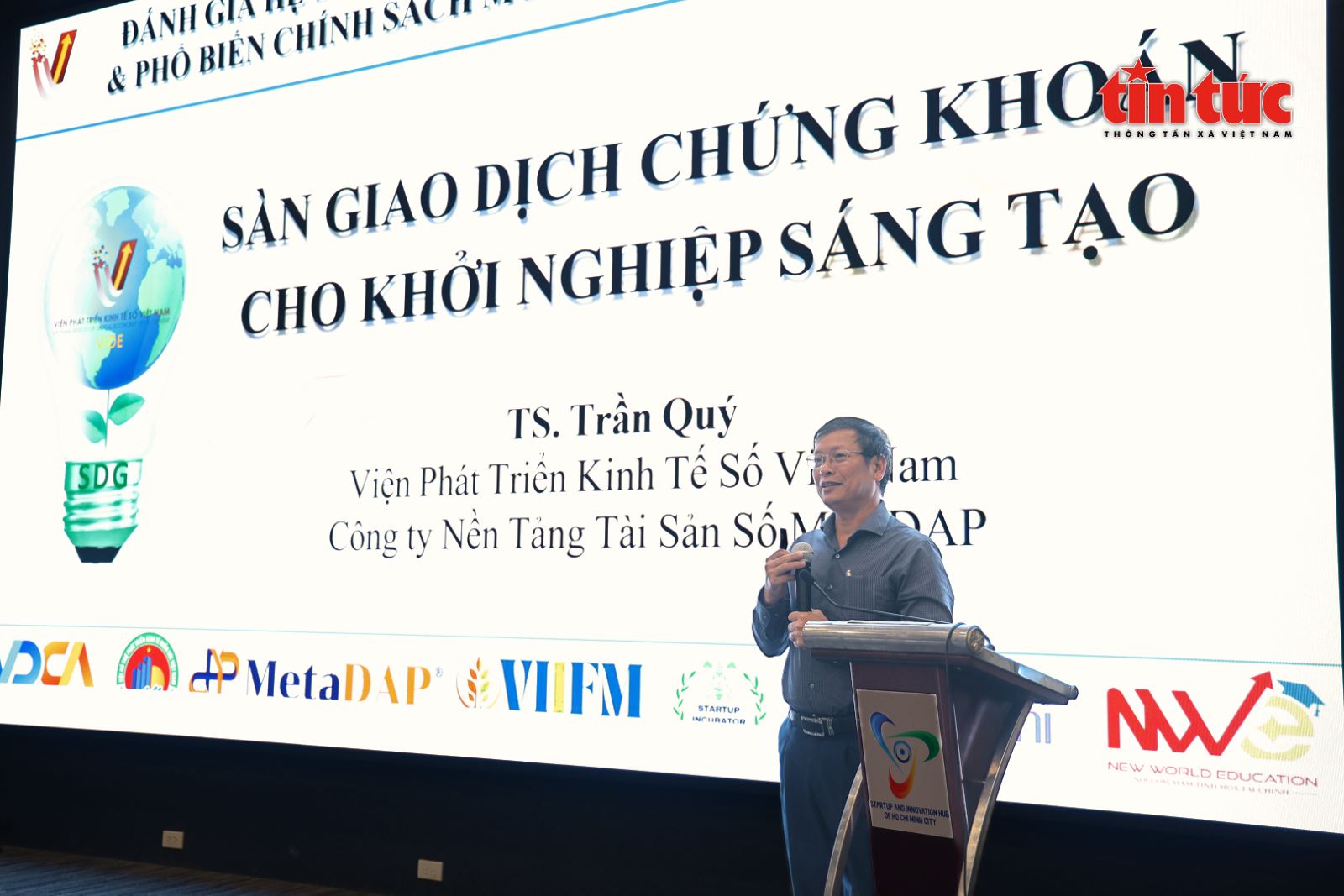
Accordingly, this model needs to ensure flexibility in listing criteria, possibly removing profit requirements, along with a strict monitoring mechanism through a sponsor or licensed advisor. In particular, the application of digital asset valuation technology and user data should be considered an essential foundation of the exchange's operating mechanism.
From the "seed capital" policy under Decree 264 to the idea of forming a stock exchange for startups, experts say Vietnam is gradually completing a closed venture investment cycle, from input (fund) to output (exchange).
Completing this strategic “puzzle” not only helps to unblock domestic capital flows but also contributes to elevating the Vietnamese startup ecosystem, creating a competitive position with regional innovation centers such as Singapore or South Korea.
If properly designed and operated transparently, the KNST stock exchange will become a "launch pad" for Vietnamese startups to "grow into dragons", reach regional levels and affirm their position on the global innovation map.
Source: https://baotintuc.vn/khoa-hoc-cong-nghe/can-co-che-dot-pha-de-hinh-thanh-san-chung-khoan-cho-startup-viet-20251101154659938.htm


![[Photo] Ca Mau "struggling" to cope with the highest tide of the year, forecast to exceed alert level 3](https://vphoto.vietnam.vn/thumb/1200x675/vietnam/resource/IMAGE/2025/11/04/1762235371445_ndo_br_trieu-cuong-2-6486-jpg.webp)
![[Photo] Panorama of the Patriotic Emulation Congress of Nhan Dan Newspaper for the period 2025-2030](https://vphoto.vietnam.vn/thumb/1200x675/vietnam/resource/IMAGE/2025/11/04/1762252775462_ndo_br_dhthiduayeuncbaond-6125-jpg.webp)


![[Photo] The road connecting Dong Nai with Ho Chi Minh City is still unfinished after 5 years of construction.](https://vphoto.vietnam.vn/thumb/1200x675/vietnam/resource/IMAGE/2025/11/04/1762241675985_ndo_br_dji-20251104104418-0635-d-resize-1295-jpg.webp)
![[Photo] Ho Chi Minh City Youth Take Action for a Cleaner Environment](https://vphoto.vietnam.vn/thumb/1200x675/vietnam/resource/IMAGE/2025/11/04/1762233574890_550816358-1108586934787014-6430522970717297480-n-1-jpg.webp)




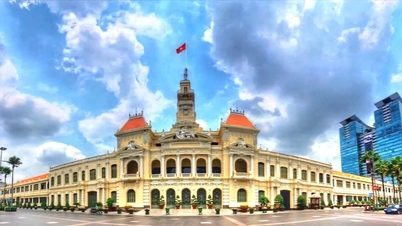







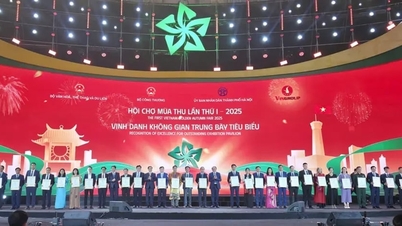















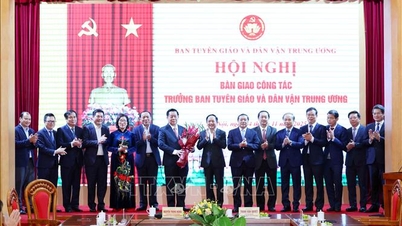





































































Comment (0)